Safe haven assets are very popular with investors who are afraid of facing risks, especially in the case of strong market fluctuations. Do you know how to predict and evaluate these haven assets? Don’t miss the following article to grasp the secret!
What Is a Safe Haven?
Safe havens are investments that are expected to retain their value or even increase in value during periods of market volatility. When the overall market is down, investors often seek these assets to protect their capital and reduce their risk.
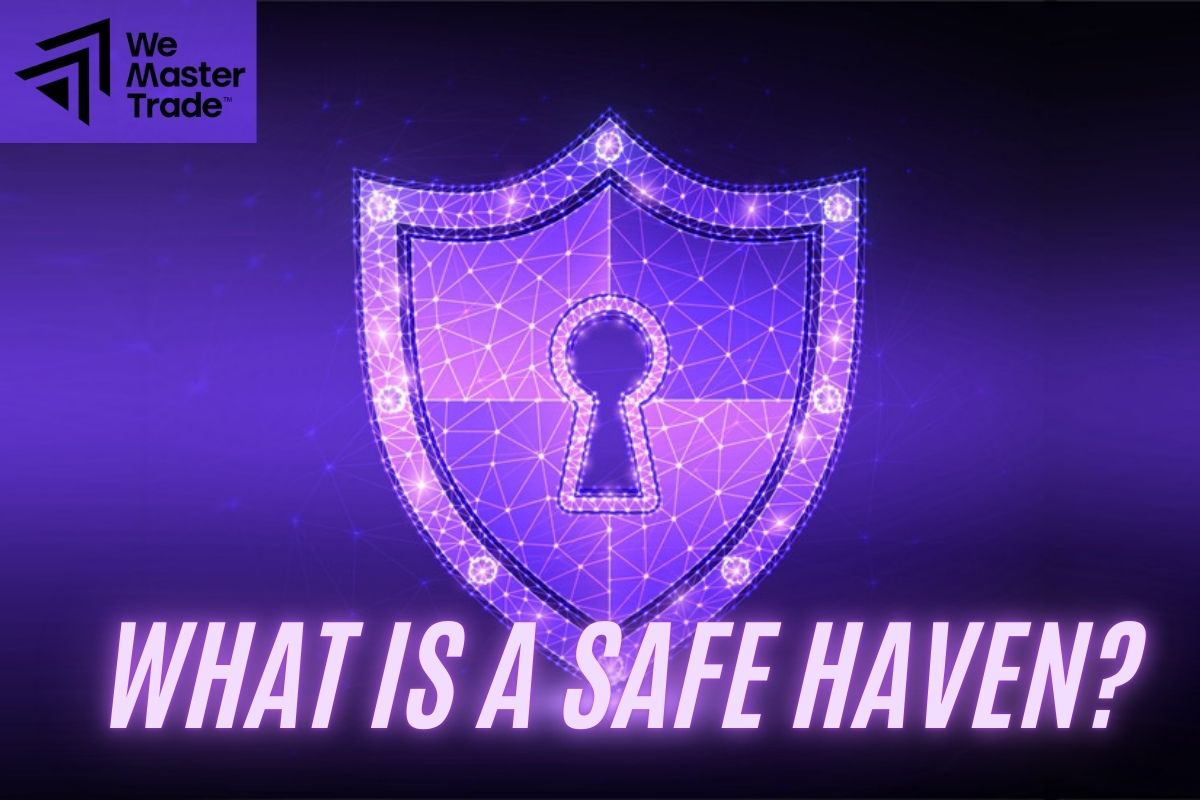
However, the list of assets considered safe can change over time and depending on market conditions. For example, in some cases, gold may be a safe haven, but in other cases, the US dollar or government bonds are preferred.
See now:
- Apply The Yield Curve Effectively for Successful Trading
- Formula and How to Calculate Debt-to-GDP Ratio Effectively
- Planning To Measure The PMI For Your Successful Trading
- Learn How Forex Traders Are Taxed and Their Tax Obligations
The Advantages of Safe Haven
Capital Protection: When the overall market goes down, safe havens help you maintain the value of your assets.
Diversification: By incorporating safe havens into your portfolio, you reduce the risk of a particular asset losing value.
Profitability: In some cases, safe havens can generate profits when their value increases.
Characteristics of a Safe Haven
When financial markets become volatile, investors often look for “safe houses” to protect their assets. So, what makes a safe haven?
- High liquidity: A safe asset should be easily bought and sold and converted into cash. This allows investors to quickly access capital when needed.
- Limited supply: When the supply of an asset is less than the demand, its value usually increases. Scarcity is an important factor in maintaining the appeal of safe assets.
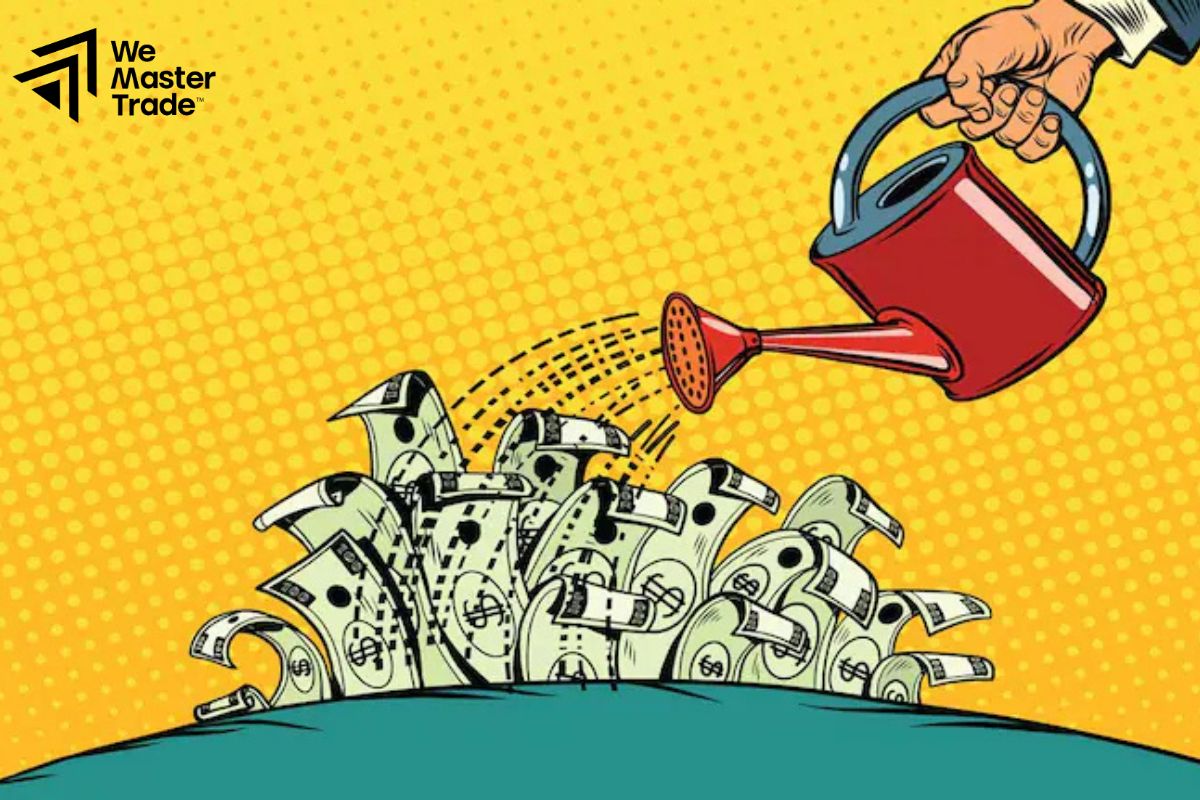
- Sustainable demand: Safe haven assets need to have a stable and long-term demand. For example, gold has always been considered a safe asset because of its constant demand in areas such as jewelry, industry, and investment.
- Valuation stability: Safe assets tend to retain their value or even increase in value during difficult economic times. This helps protect investors’ assets from market fluctuations.
- Versatility: Many safe haven assets can be used for a variety of purposes. For example, gold is not only a currency but also an important industrial raw material.
- Stable history: Safe assets often have a long and stable history. This helps increase investors’ confidence in the asset’s ability to retain its value
Most popular safe haven
Khi thị trường tài chính trở nên biến động và đầy rủi ro, các nhà đầu tư thường tìm kiếm những “bến đỗ an toàn” để bảo vệ tài sản của mình. Sau đây là những lựa chọn phổ biến nhất
Gold
Gold has always been considered a valuable and stable asset. Unlike paper money, gold is a tangible asset that cannot be printed. Therefore, the value of gold is less affected by monetary policy decisions of countries.
Treasury Bonds
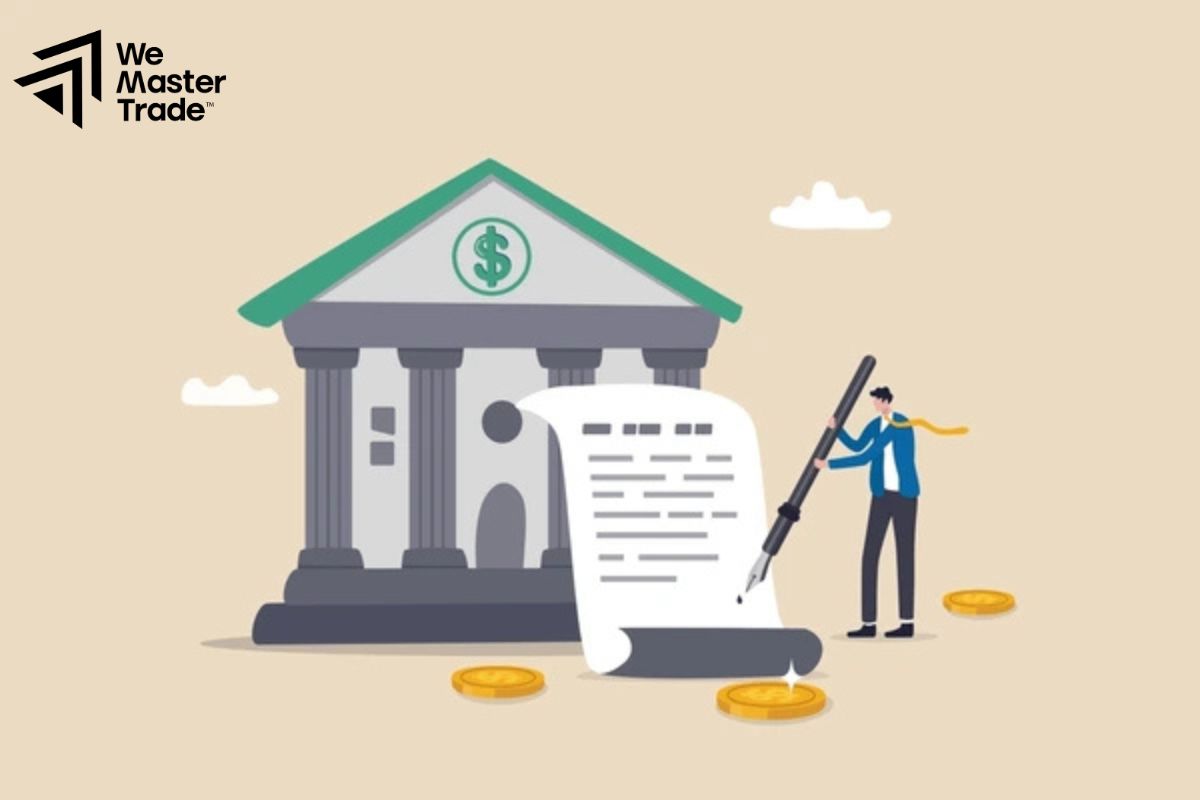
Treasury bonds are debt certificates issued by the US government. The special thing about this type of bond is that it is guaranteed by the entire financial strength of a powerful country. That means, when you buy a Treasury bond, you are lending money to the US government and will be paid back the full principal amount when the bond matures. Because of this absolute guarantee, Treasury bonds have always been considered one of the safest investments in the world.
Defensive stocks
Defensive stocks are stocks of companies that provide essential products and services that consumers always need, regardless of the economic situation. These could be companies that produce food, pharmaceuticals, utilities, or healthcare services. The reason these stocks are called “defensive” is because their revenues and profits are generally stable and less affected by market fluctuations.
Cash
Cash is always a popular choice when the market is volatile. However, holding too much cash has its drawbacks. Inflation can reduce the real value of cash over time, and cash does not earn the same returns as other types of investments.
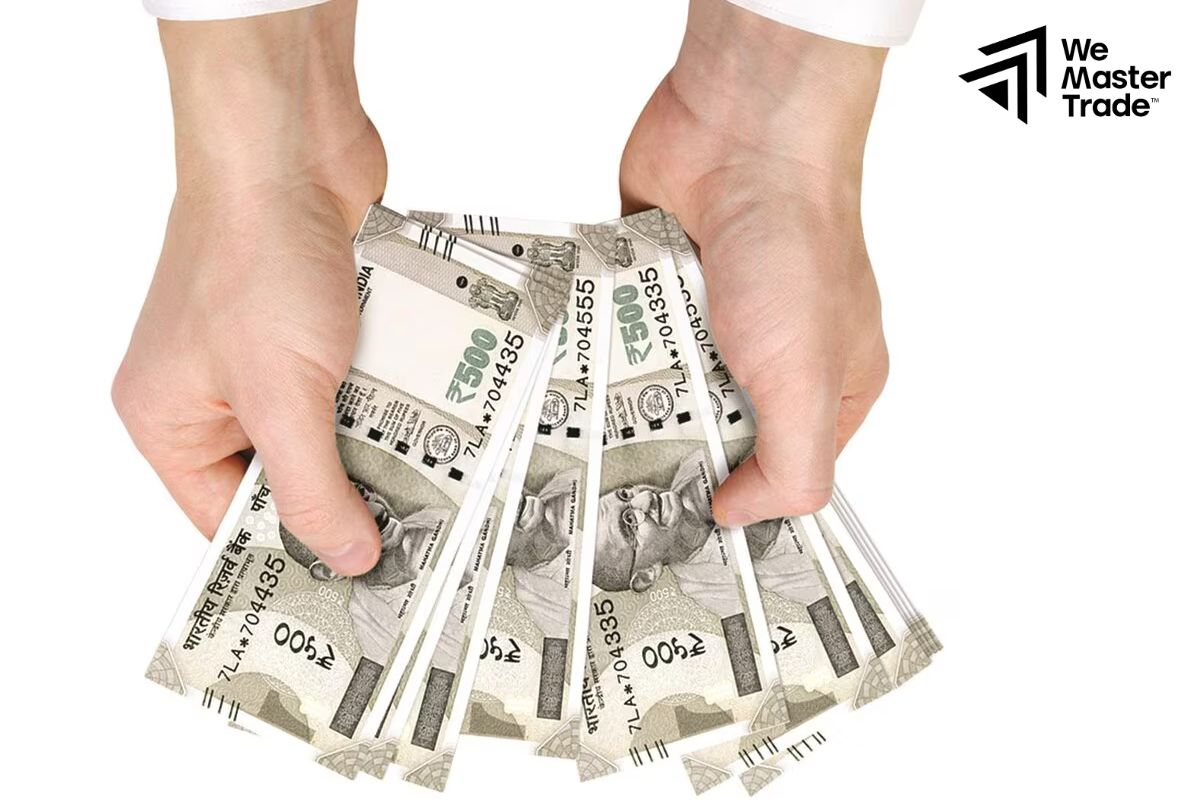
Some currencies are considered “safe haven currencies” because they tend to increase in value during times of uncertainty.
- Swiss franc: Known as the “world’s safest currency,” the Swiss franc is often sought after by investors when global markets are volatile. Switzerland’s political, economic, and banking stability has helped the franc maintain its value and become an attractive safe haven asset.
- Japanese Yen: The Japanese Yen is also considered a safe haven currency, especially in the Asian region. The stability of the Japanese economy and the prudent monetary policy of the Bank of Japan have contributed to the stability of the Yen.
- US Dollar: As the world’s reserve currency, the US dollar has always played an important role in the global financial system. When other markets are in trouble, investors often pour money into the US dollar, pushing its value up.
How to trade safe-haven assets
To be successful in safe-haven trading, investors need to understand the psychology of the crowd. When concerns increase, investors often flock to traditional assets such as gold, government bonds, and some stable currencies. Understanding this trend can help investors make timely buying and selling decisions. Here are some strategies to consider when trading safe-haven assets:
-
Identifying Safe-Haven Assets

Traditional Safe-Havens:
- Gold: Often considered the ultimate safe-haven asset, gold has historically performed well during times of economic turmoil, inflation, and geopolitical uncertainty.
- S. Treasury Bonds: As a debt security backed by the U.S. government, Treasury bonds are seen as a relatively safe investment, especially in times of economic stress.
- Swiss Franc: The Swiss franc is often considered a safe-haven currency due to Switzerland’s political and economic stability.
Non-Traditional Safe-Havens:
- Cryptocurrencies: Some cryptocurrencies, particularly Bitcoin, have emerged as potential safe-haven assets, especially among younger investors. However, the cryptocurrency market is highly volatile and subject to significant price fluctuations.
- Defensive Stocks: Companies in sectors like healthcare, utilities, and consumer staples tend to be less volatile than the broader market and can offer some protection during downturns.
-
Timing Your Entry and Exit
Pay attention to market sentiment and news events that could impact the demand for safe-haven assets.
Utilize market analysis tools that are based on price and volume, to find possible trade starting and ending locations. For example, you could use moving averages or relative strength index (RSI) to spot trends and potential reversals.
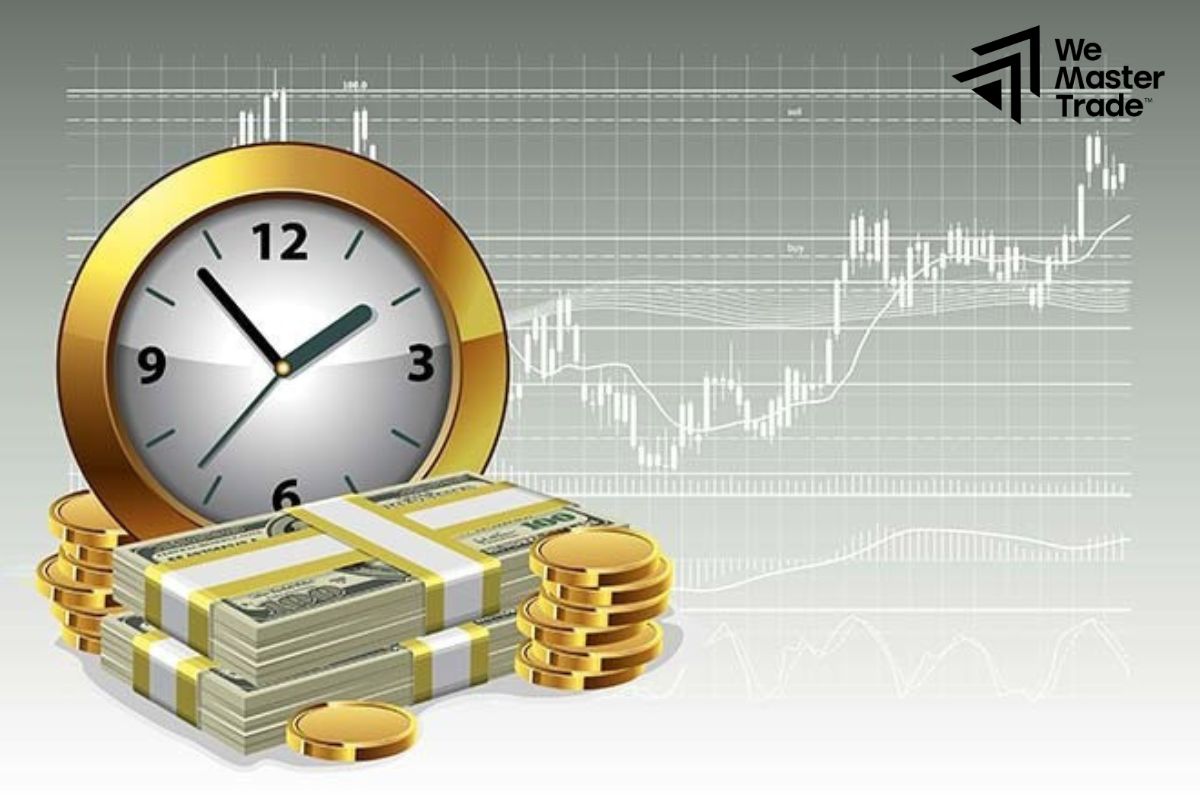
Consider the underlying economic factors that could influence the demand for safe-haven assets. This includes interest rates, inflation, and geopolitical events.
- Risk Management Strategies
Spread your investments across various safe-haven assets to reduce risk.
To protect yourself from significant losses if the market trends unfavorably, implement stop-loss orders.
Use take-profit orders to secure profits when the market reaches a certain level.
Consider hedging your portfolio with options or futures contracts to protect against downside risk.
- Leveraging and Margin Trading
While leverage can amplify both profits and losses, it’s crucial to use it wisely. When trading safe-haven assets, it’s important to maintain a disciplined approach and avoid excessive risk-taking.
Conclusion
In conclusion, safe haven trading is not really absolute. To maximize profits with this form of trading requires a combination of knowledge, experience and analytical ability. Good luck!
See more:











